“We want people to take responsibility for how healthy they are, and we want to help them live longer, healthier lives." - Dr. Tom Frieden
Most developing countries are burdened with communicable diseases that cause illnesses and death. Nigeria is not left out of this challenge. Certain factors like population, behavioral practices, access to healthcare, poor sanitation and hygiene, poverty, and other economic situations make us increasingly vulnerable to infectious diseases. As a result, cholera, mpox, measles, cerebrospinal meningitis, Lassa fever, and yellow fever are six of the infectious diseases that have recorded high death rates in recent years, in Nigeria, hence making them diseases of national priority.
What is the current situation of these priority diseases in Nigeria today?
In this piece, we share what you need to know about the spread of these diseases.
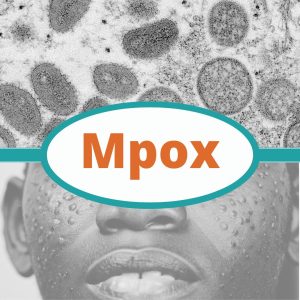
Mpox
Mpox is a viral disease that spreads from animals to humans and can also spread between humans. Transmission occurs from contact with an infected animal or infected humans or contaminated materials such as bedsheets. Nigeria has had 94 confirmed cases of the virus in 25 states plus the FCT, with no reports of death. There is no specific treatment for mpox, and individuals are advised to take precautions by regular handwashing, cooking animal products, especially meat thoroughly, and staying away from sick humans and animals and contaminated materials.
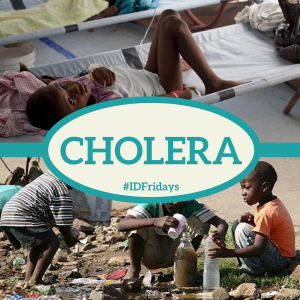
Cholera
Cholera is a disease that spreads through contaminated food and water, manifesting as severe diarrhea and dehydration in infected persons. If left untreated, it can be fatal within hours. Currently in Nigeria, a total of 10,837 suspected cases of cholera and 359 deaths have been recorded, with Lagos and Jigawa states accounting for the highest cases. Cholera is very prevalent in low-income areas and crowded environments without adequate sanitation.
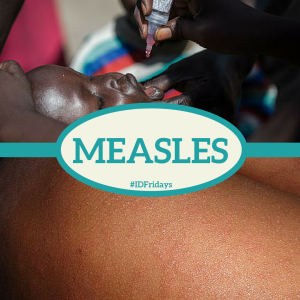
Measles
Caused by a highly contagious virus, measles can be easily transmitted through the air, person to person or by touching surfaces that have been contaminated by the virus. So far,, there have been 8,345 confirmed measles cases in Nigeria across 36 states including the Federal Capital Territory. However, Borno, Katsina, Osun, Adamawa, and Yobe state account for 51.55% of the total suspected cases recorded. Children are the most affected by this disease, and as such, vaccination in childhood is required to prevent it.
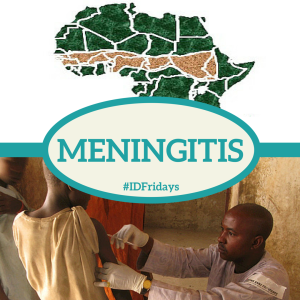
Cerebrospinal meningitis (CSM)
CSM is a serious bacterial infection that causes swelling of the covering of the brain and spinal cord. It is more common in people who live in dusty, dry areas with cold temperatures at night. It spreads through close contact with an infected person, leading to breathing difficulties, inactivity, and irritability, especially in children aged 5 to 14 years. As of December 2023, Nigeria recorded 115 suspected cases with 16 deaths in 15 states, with 5 states accounting for over 80% of the cases. The best way to prevent CSM is through vaccination.

Lassa fever
First discovered in Borno state, Nigeria in 1969, Lassa fever is rapidly becoming a disease of global concern. The disease is spread through direct contact with the urine, feces, blood, or saliva of infected rats or an infected person. It can also spread through food or water that has been contaminated with the virus. So far in 2024, there have been 1,018 confirmed cases of Lassa fever with 172 confirmed deaths recorded in 28 states, with Edo, Ondo, and Bauchi accounting for the highest cases in the country. Although there are ongoing efforts towards producing a vaccine to prevent Lassa fever, there is currently no cure for the disease. However, the best way to prevent the infection is to keep the environment clean and free from rats, by disposing of refuse properly and setting rat traps. Food supplies should be safely stored in well-covered containers to prevent rodents from entering.
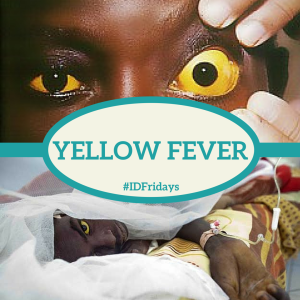
Yellow fever
The transmission of yellow fever is such that the ‘transporter’–the Aedes mosquito–gets infected with the disease when it feeds on an infected animal. The infected mosquito then transfers this virus when it feeds on humans. In some cases, the infected person may not show any symptoms, while others may experience fever, muscle pain, loss of appetite, nausea, and headache. So far, 196 suspected cases of yellow fever have been recorded in 126 LGAs across 32 states. No deaths nor confirmed cases have been reported so far. Currently, there is no treatment for yellow fever, so the best way to prevent the disease is through vaccination. Infected persons are advised to stay hydrated and rest.
Infectious diseases are a stark reality that spares no one, regardless of their social or economic status. Therefore, individuals must take appropriate measures such as vaccination, personal hygiene, and environmental care to safeguard themselves against such diseases.
To learn more about the diseases of national priority, or other infectious diseases, read the #IDFridays section of our blog.




